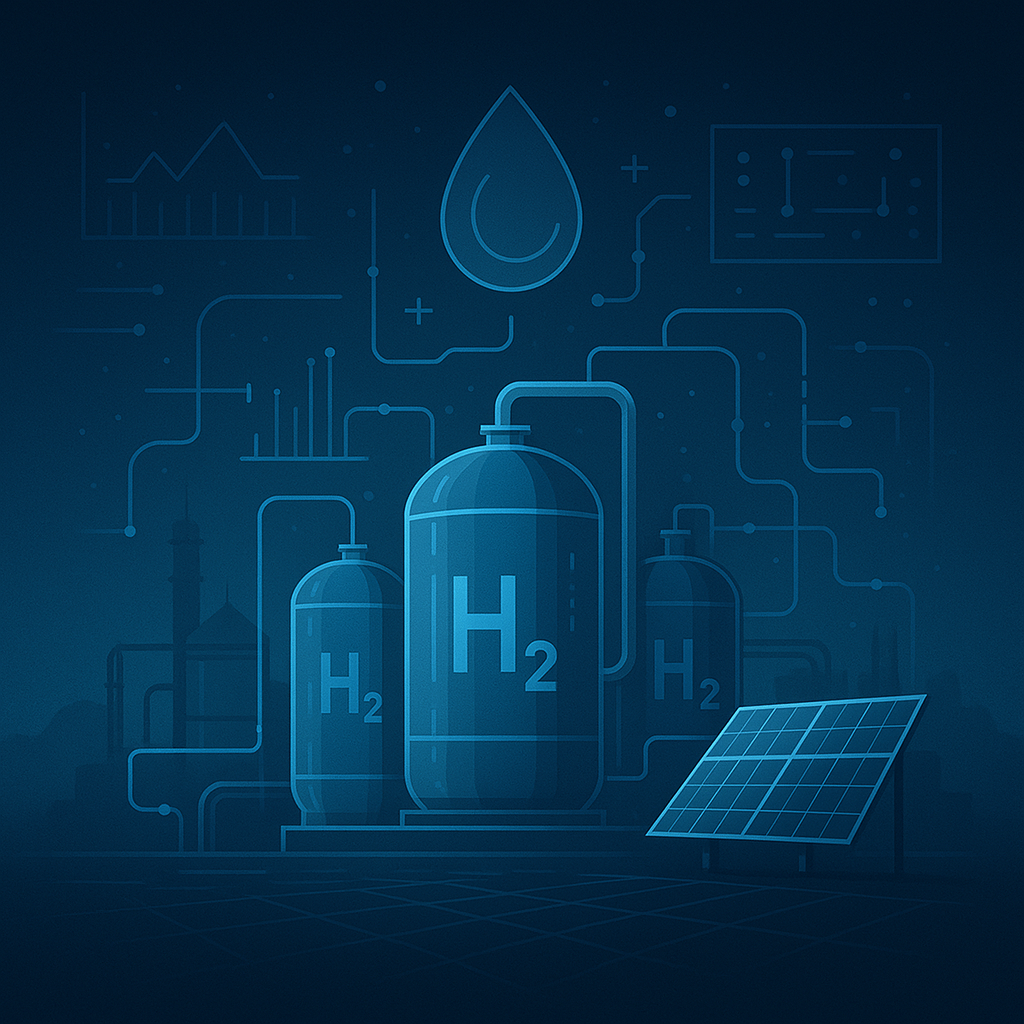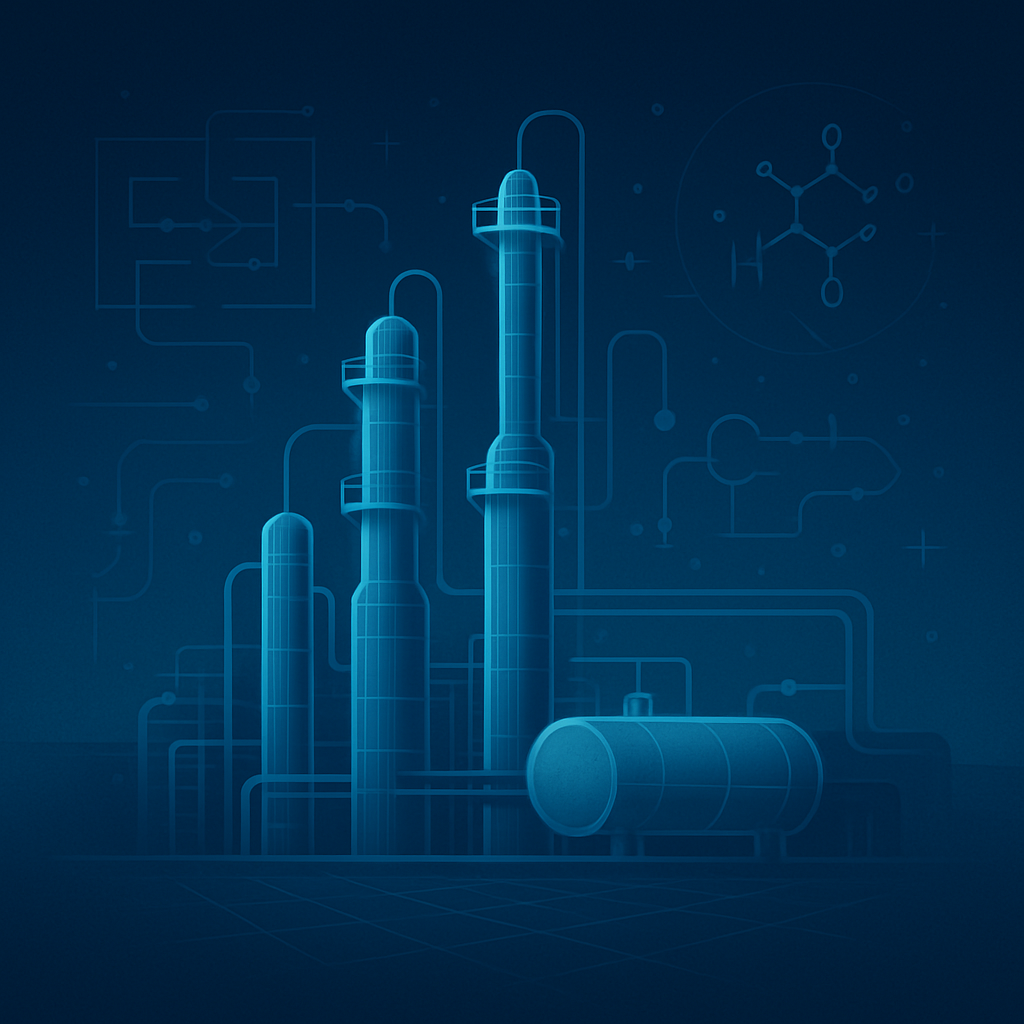Engineering the Future
At Cygnas, we deliver full-spectrum Engineering Consultancy from initial Concept, Simulation and Design to Asset Integrity, Monitoring and Decommissioning.
Transform your most complex engineering challenges into breakthrough solutions with our cutting-edge digital twins, AI-powered analysis, and world-class expertise.

// WHAT WE DO
Engineering Excellence Delivered
Cutting-edge solutions that transform industries and drive innovation forward
Engineering Design
End-to-end design services from concept to commissioning for complex industrial systems.
- Pressure Vessel Design
- Process Equipment
- Piping Systems
- HPHT Applications
Advanced Simulations
State-of-the-art FEA, CFD, and multi-physics simulations for complex engineering challenges.
- Finite Element Analysis
- Computational Fluid Dynamics
- Thermal Analysis
- Structural Optimization
Asset Integrity Management
Comprehensive monitoring and life extension services to maximize asset performance and reliability.
- Condition Monitoring
- Risk Assessment
- Life Extension Studies
- Vibrational Analysis
- Fitness of Service
AI-Powered Analysis
Leverage machine learning for intelligent design optimization, failure prediction, and automated decision-making.
- Machine Learning Models
- Automated Optimization
- Failure Prediction
- Smart Recommendations
Digital Solutions
AI-enhanced design, digital twins, and IoT remote monitoring solutions for modern engineering challenges.
- Digital Twins
- AI-Based Monitoring
- IoT Remote Monitoring
- Digital Transformation
Sustainable Engineering
Future-focused solutions for renewable energy, hydrogen systems, and carbon reduction initiatives.
- Hydrogen Infrastructure
- Carbon Capture Design
- Renewable Integration
- Energy Optimization
// INDUSTRIES
Transforming Global Industries
Delivering specialized solutions across diverse sectors worldwide

Oil & Gas
Advanced solutions for upstream, midstream, and downstream operations with focus on safety and efficiency.

Renewable Energy
Engineering the transition to sustainable energy through wind, solar, and hydrogen technologies.

Hydrogen
Pioneering hydrogen production, storage, and distribution infrastructure for the energy transition.

Petrochemical
Optimizing complex chemical processes with advanced simulation and safety systems.

Subsea & Offshore
Engineering for offshore platforms, subsea pipelines & risers, ROV inspection, integrity management, and field digitalization.

Manufacturing
Smart manufacturing solutions with Industry 4.0 integration and automation.
// ABOUT CYGNAS
Your Engineering Partner of Choice
Where innovation meets expertise to create extraordinary solutions
Our Mission
To revolutionize engineering through the seamless integration of AI, digital technologies, and deep domain expertise. We transform complex challenges into innovative solutions that drive progress and sustainability.
Global Presence
With strategic offices in Aberdeen and London, we serve clients across Europe, Middle East, and Asia. Our local expertise combined with global standards ensures world-class delivery anywhere.
Strategic Partnerships
As authorized partners with Hexagon, ZWSOFT, and Asystom, we provide access to cutting-edge tools and technologies, ensuring our clients always have the best solutions at their disposal.
// CLIENTS
Trusted by forward‑thinking teams
A selection of organizations we've partnered with.
// GET IN TOUCH
Ready to Transform Your Engineering?
Let's discuss how we can help solve your challenges
Start Your Project Today
Our team of experts is ready to help you navigate complex engineering challenges with innovative, cost-effective solutions that deliver real results.
Global Offices
Aberdeen, Scotland
London, England
Email Us
info@cygnas.co.uk
Response Time
Within 24 hours



